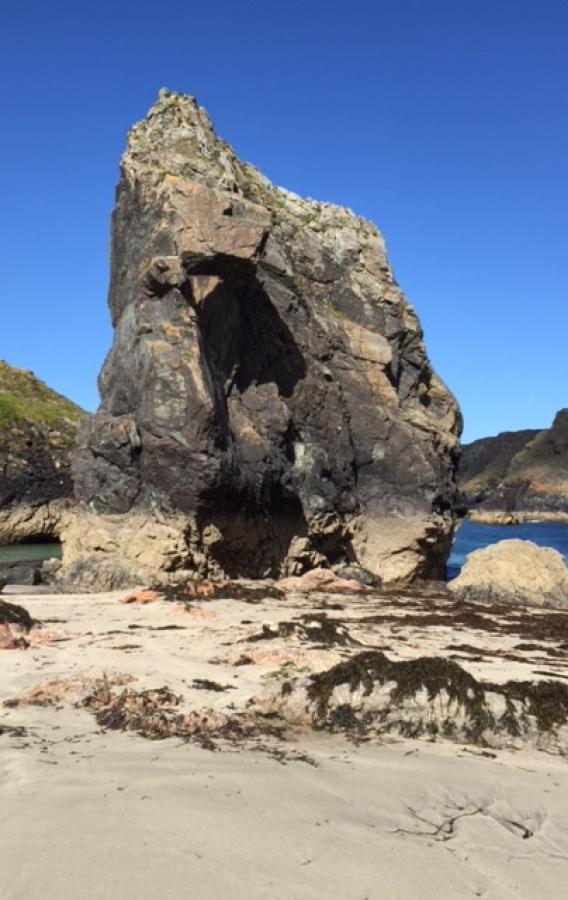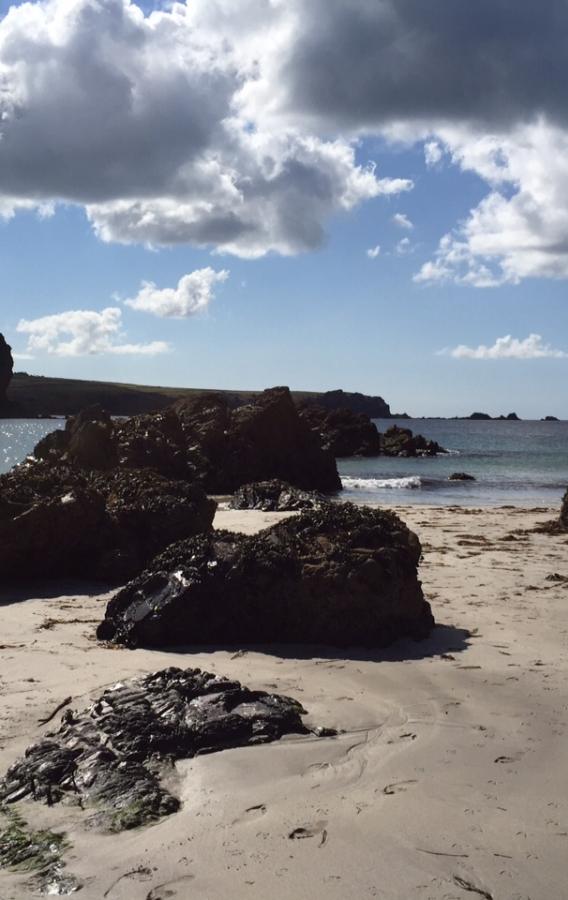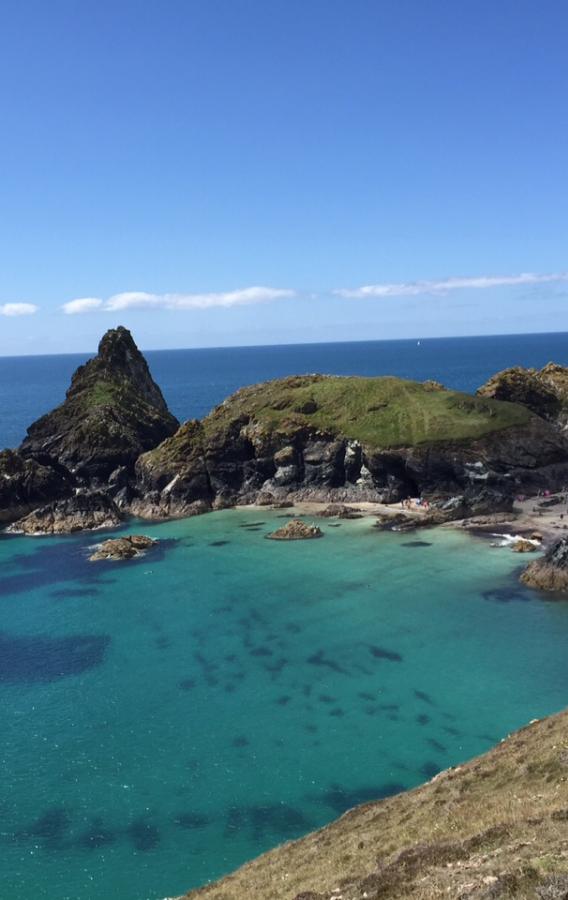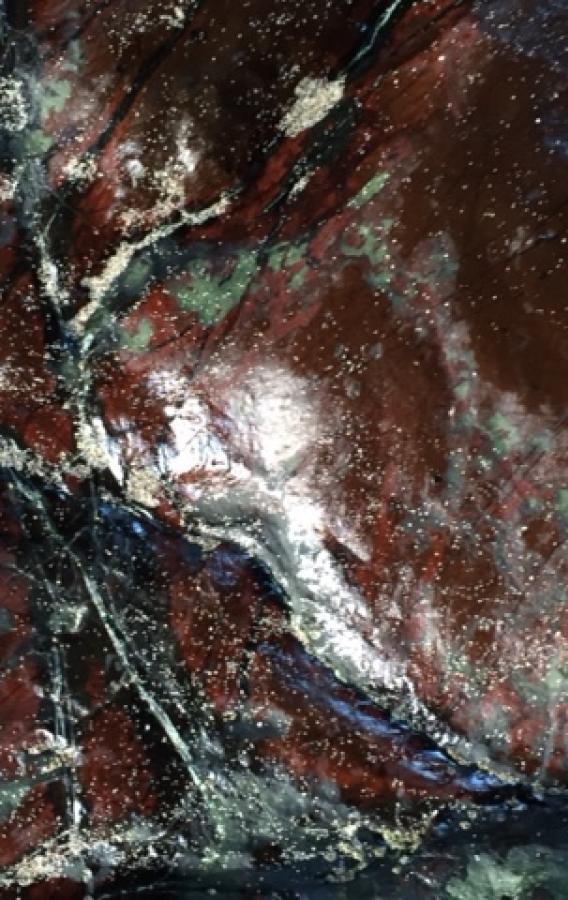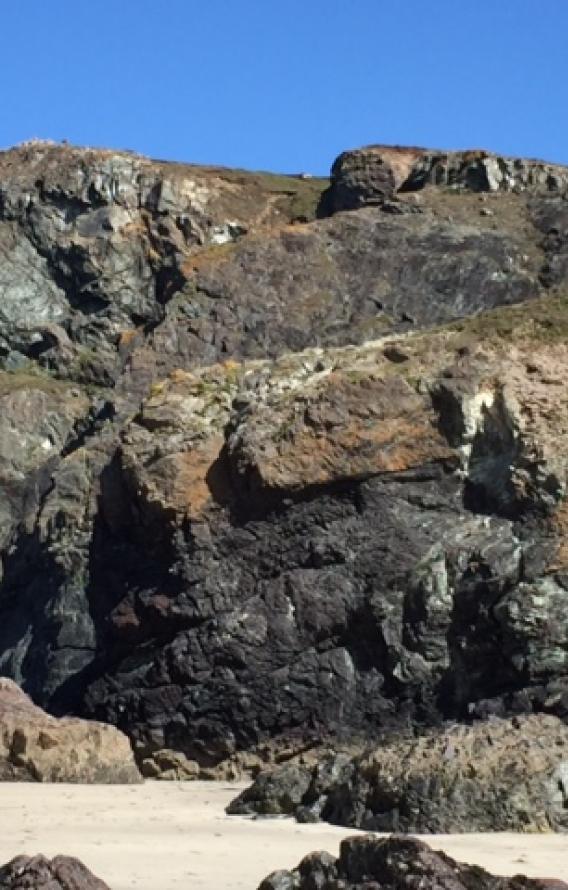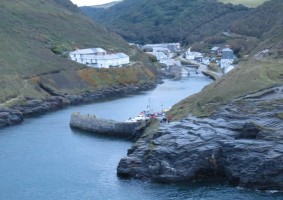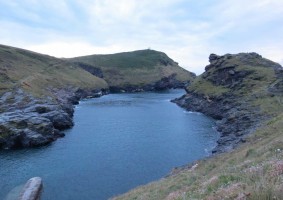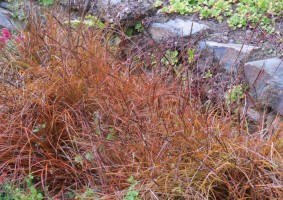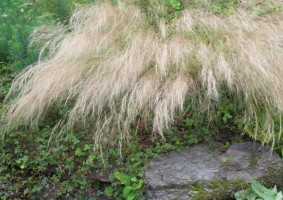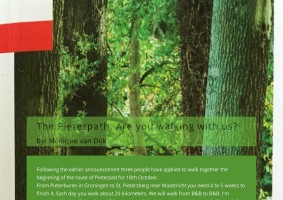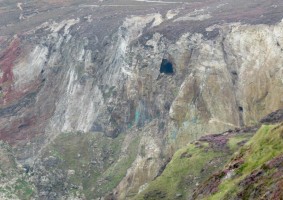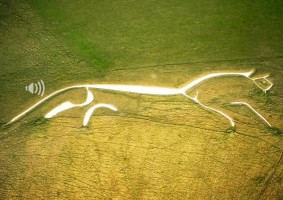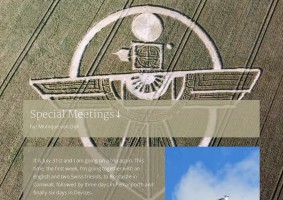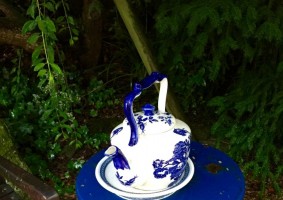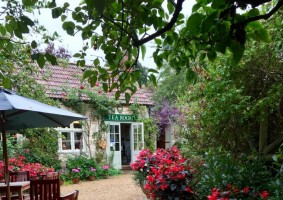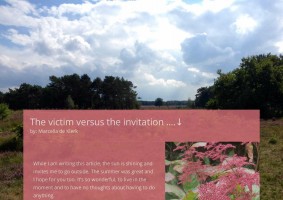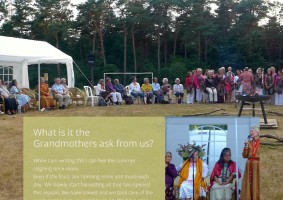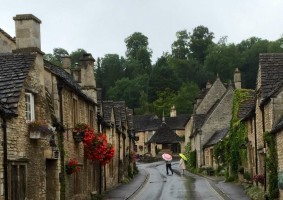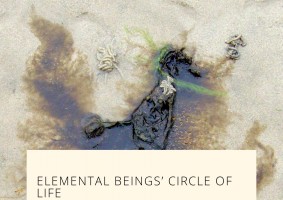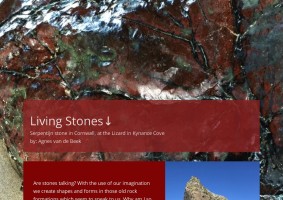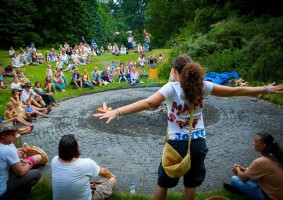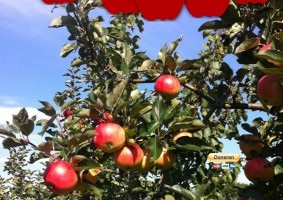Are stones talking? With the use of our imagination we create shapes and forms in those old rock formations which seem to speak to us. Why am I so drawn to Cornwall and especially to the Lizard? Nearly every year I rent a house at the ocean on the Lizard. It feels like coming home in a landscape that embraces me when I walk the coastal paths, along the cliffs, the rocks and the sea.
This most southwestern point of Great Britain, the Lizard, shows itself as a twisting meandering path along the Atlantic coast. In the rock formations I see elephants, bears, snakes and old faces playing with the light and the shades.
Not only do we see the forms, we also can feel this very old materialized energy. We know that the clear crystals from deep inside the earth are used as healing energies, but these stones, which we literately meet on our path, also play a roll in the healing of mankind.
The only place in Europe where we find the serpentine stone, polished in beautiful green en red colours by the sea and our footsteps, is on the Lizard!
Already for years I have been attracted by the serpentine stone and have bought many polished forms to bring home, not only to admire the beauty but also to be connected with the energy. However, during that time I did not know why this kind of stone was only found on the Lizard and nowhere else in Europe - until the little book of Bill Scolding, "Beneath the skin of the Lizard", came on my path. It brought me the following information.
In the beginning of times, when the continents were still being formed, the earth was heavily in motion by the movements of tectonic plates.
All land on our planet is moving by an average of 20 mm a year. Hundreds of millions of years ago, the molton rock, which was eventually to become the Lizard, started to move under enormous pressure, 10 km beneath the surface of the earth at the junction of the earth's mantle and crust (the Moho). Afterwards it was pushed upwards and broke through the crust near the equator .
Over the next 80 million years this peace of rock was pushed forward to the southern end of what was to become Britain. It arrived just in time for the last Ice Age and the isolation of Britain from the continent of Europe.
Walking on the coastal paths of Cornwall, over the rocks, which were formed on the earth's surface, you also walk on these rocks that came from 10 km underneath the earth's surface, the Serpentine stones.
Serpentine is rich in iron and magnesium. The name connects to the word serpent. It was believed that it contained a medicine against snake-bites.
These stones, which travelled over millions of years as peridotite, changed into those beautiful stones named serpentine, polished not only by the sea but also by our footsteps.
This area is an eldorado for geologists. Very rare plants are also found here and many other different stones such as lava, basalt and mica-schist.
Because mankind evolves along with the animal, vegetable and mineral world, we became more and more vulnerable. It is easier now for us to contact the animals, the plants and the minerals, the same as it is for them.
Another frequency is developed in the connections we make in our communication with the natural world.
Let us cherish this and let us listen to the very old stories of the stones we encounter on our path. They make us remember.
Copyright ©2015-Agnes van de Beek
